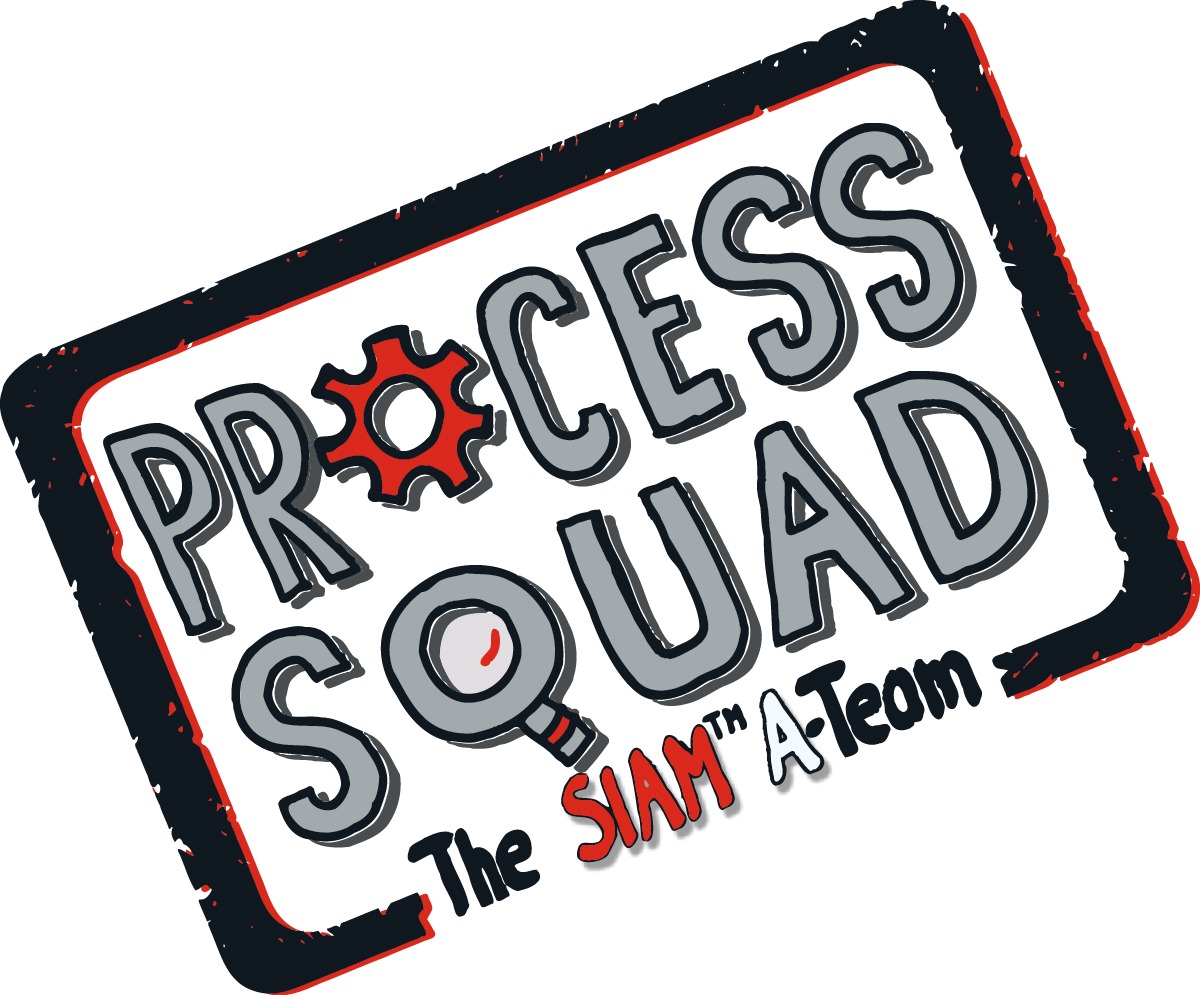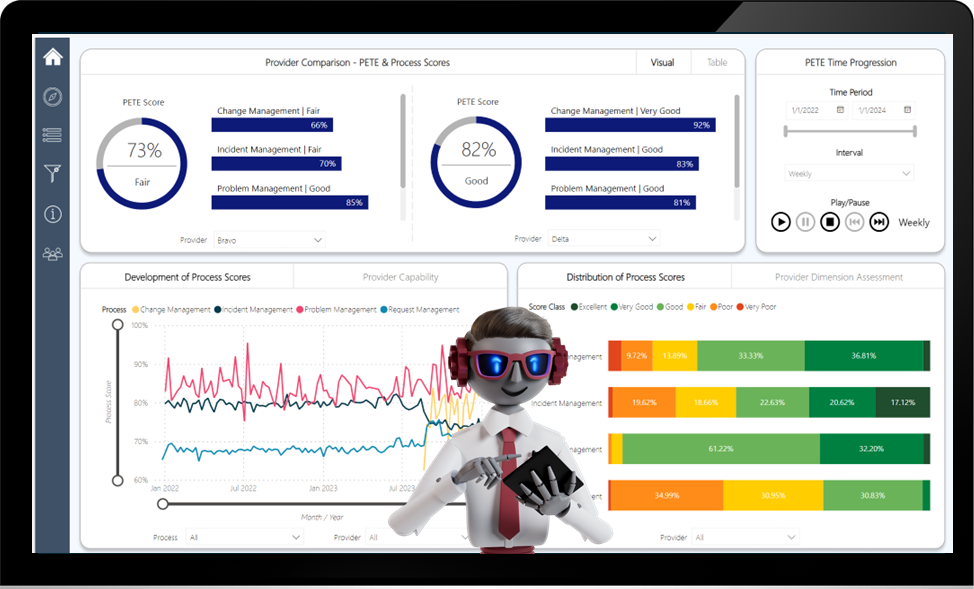
While part 1 and part 2 of the mini-series “What makes a good IT service partnership” were comparatively “simple” topics, Parts 3 and 4 get down to the nitty-gritty – turning the contract into reality and bringing the IT partnership to life. So let’s start with part 3: “How can you make sure that both you and the service provider understand the goals behind the contract and the promised services in the same way”.
It’s simple, you think. But it is not. IT client and supplier organisations are often complex entities. And very few members of these entities know the contract as a whole. Whilst this is often already the case at the beginning of a partnership – in the course of a three- to five-year contract, you can almost be happy if there are still a handful of people who know the “spirit of the contract”.
So how can you ensure that all members of the IT client and supplier organisation 1. know this spirit of the contract, 2. understand their own contribution to it, and 3. avoid institutional amnesia?
- “Whoever writes, stays” is the motto in a German card game to motivate players to play the role of the writer. In this respect: Write down the goals of the contract and how they will be implemented by the contract, not only in the contract (but they belong there in any case), but for all parties involved. It is best to do this briefly and concisely, in understandable language and, if possible, with illustrations. And to ensure that all parties involved on both sides regularly have the goals in mind, we have the following tips:
- Create a service-specific branded PowerPoint template that contains the contract objectives and is used for all service-related (governance) meetings.
- In every service-specific meeting, ask the standard closing question: “How were we able to contribute to a better achievement of the contract’s objectives today?
- Conduct a quarterly target review in all service governance meetings.
- Conduct regular stakeholder interviews on their subjective assessment of the fulfilment of the contract’s objectives (on both the client and the supplier side). In this way, all stakeholders are regularly reminded of the contractual objectives and it is at the same time insightful to compare self-perceptions and perceptions of others.
- Set up a continuous improvement programme that aims to improve the contract’s performance (and ideally prioritises the findings from the stakeholder interviews).
- Create a one- to max. two-page contract pocket guide. Ideally, place it in gadgets with added value (e.g. mouse pads, sticky note pads, high-quality calendars). This way, you can ensure that all parties involved have the goals “in front of their eyes” on a regular basis.
- In order for all stakeholders to understand their own contribution to achieving the objectives of the contract, it is important to define KPIs for all teams in the service provider organisation that support the objectives of the contract. Ideally, these support not only the objectives of the contract but also the SLAs agreed in it (see also part 1 of this article series here).
- In some cases, however, they may contradict these goals (e.g. because they are the supplier’s internal standard OLAs/KPIS that have not been checked for compatibility with the goals of the contract). In this respect, here are my recommendations:
- If possible, jointly review all (really all) supplier-internal OLAs/KPIs at the beginning of the contract – and make sure,
- that none encourages undesirable behaviour and
- that desired behaviour is incentivised.
- This is not about micro-managing the supplier (nor should reporting of these internal OLAs/KPIs be required) but only about ensuring that there is effective management of the priorities of all teams.
- Encourage the incentivisation of desired behaviour on working level by offering rewards (together with the service provider) for the achievement of specific individual or team-based goals or by publicly recognising role models. This also helps to strengthen identification with and loyalty to the client, especially on the service provider side.
- For internal teams, it is a good idea to anchor the contract goals (or meaningful sub-aspects) in the annual goals of the involved employees.
- Hold regular townhall meetings (including client and supplier staff) in which you recapitulate the objectives of the contract and how they have been met, and give examples of individual or team contributions. These then also provide the forum for the recognition of special achievements described above.
- The suggestions described under point 1 and point 2 naturally also help to limit the occurrence of institutional amnesia. In addition, we also recommend the following measures:
- Designate a contract knowledge manager on both the client and service provider side. If you do not have a dedicated contract manager, this role should be at middle management/team leader level and have the knowledge and capacity to answer all contract-related “How do I” questions from the organisation under their responsibility.
- Involve the service architects (both at the client and at the supplier) regularly, even after go-live. Regularly (at least annually) review the service design with their help regarding to its suitability for meeting the contract objectives. Use the results of the stakeholder surveys described in point 2 as a basis for this exercise.
- When filling new positions, take the time to conduct a detailed contract-related onboarding. For this, address all the aspects described above and use all the materials described in point 1.
So, now that both you and your IT service provider have the same understanding of the goals of the contract, you should finally make sure to motivate your provider to set the right priorities. Luckily, this is exactly what the last part of this mini series will cover!




